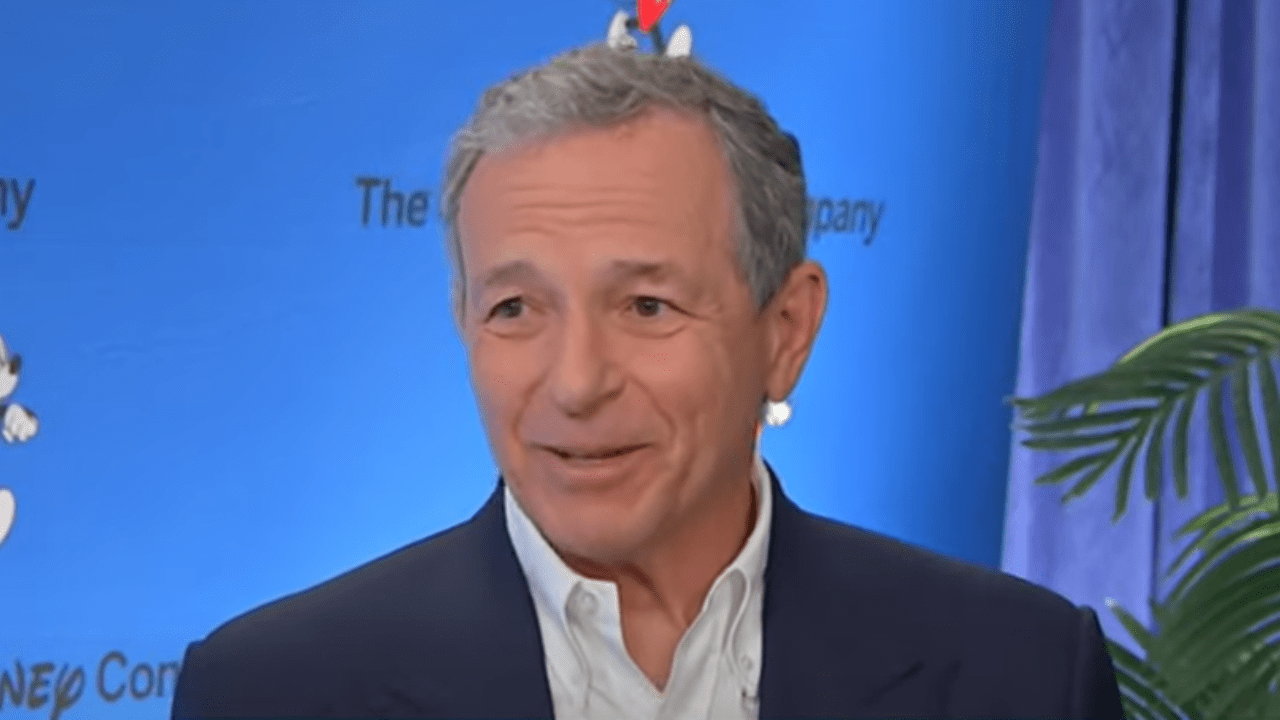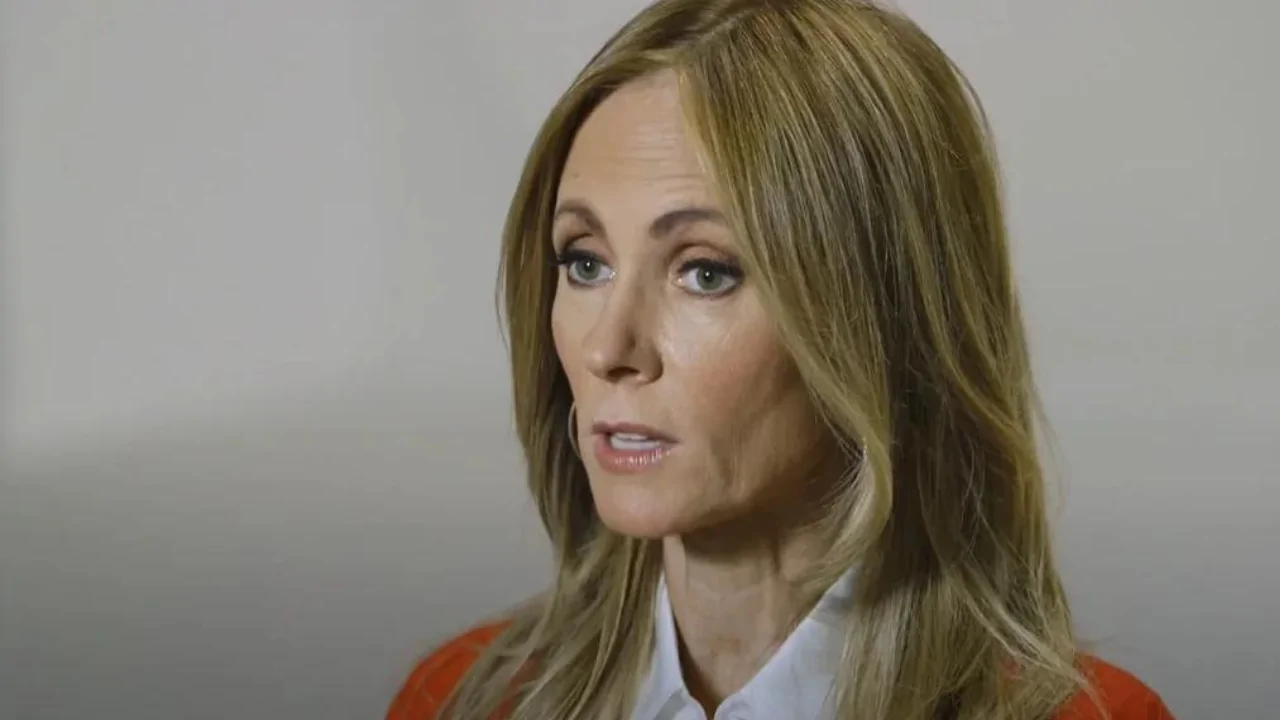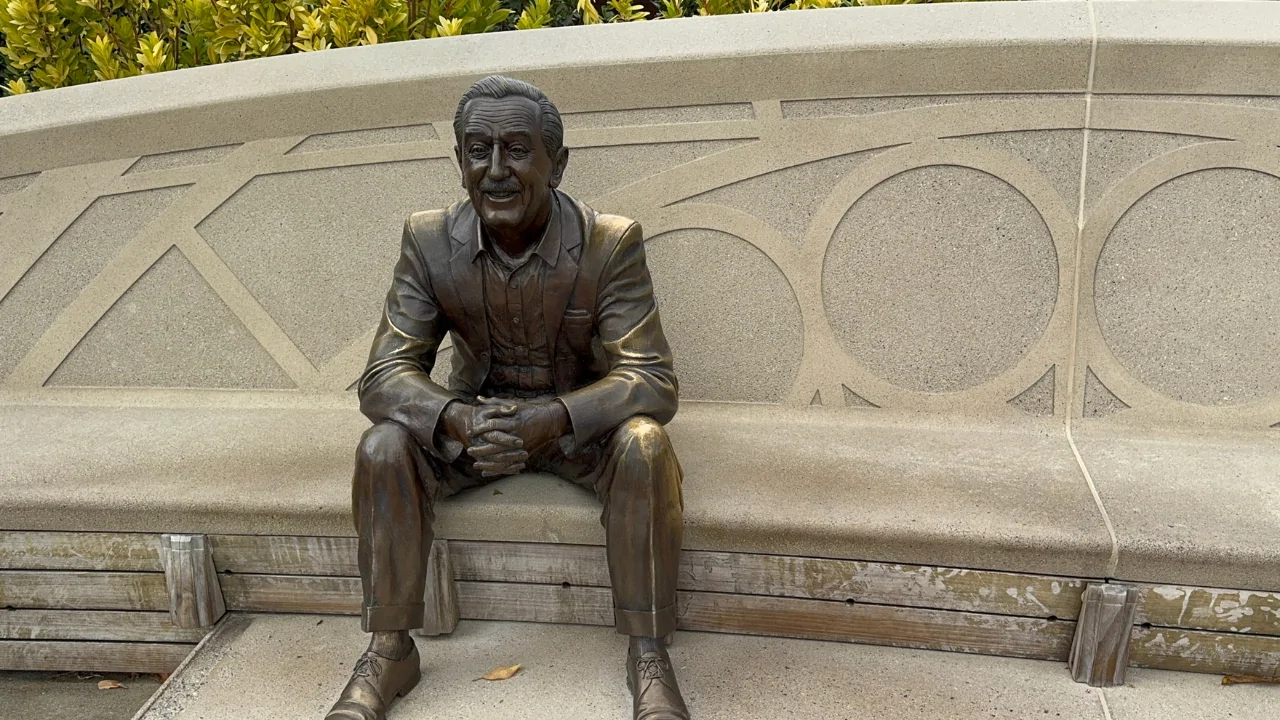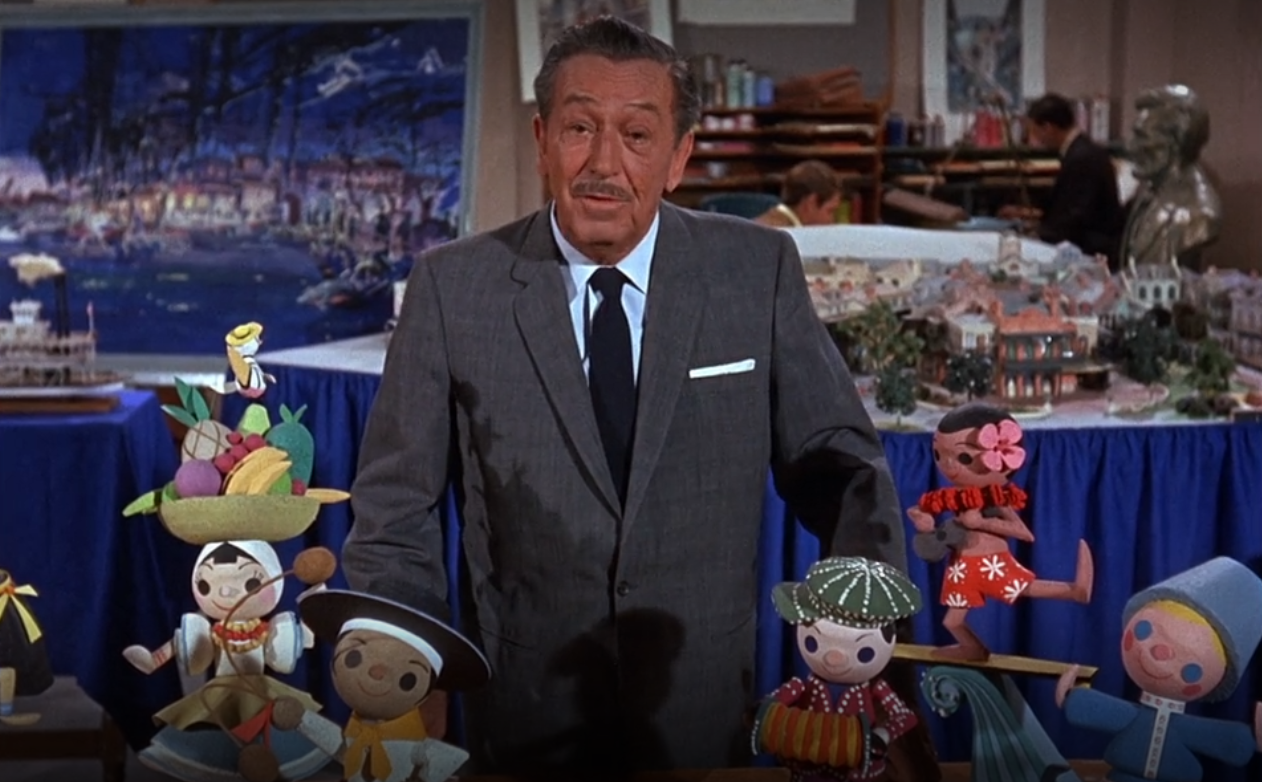
With Bob Iger planning to step down, Disney’s board seems poised to make a questionable decision reminiscent of past mistakes. According to CNBC, the company is exploring a co-CEO leadership model, with Dana Walden and Josh D’Amaro as the frontrunners. If this happens, it would be a surprisingly confusing move for Disney.
A company with internal conflicts and leadership disagreements, lacking a strong, innovative leader? It’s a recipe for disaster.
The Disney Co-CEOs Fantasy
The proposed leadership structure seems fair on the surface: Walden would be in charge of content and streaming, and D’Amaro would handle parks, resorts, and merchandise – which is currently Disney’s main source of income. However, experience shows that having two CEOs often creates conflicts, unclear decision-making, and disagreements about the company’s direction.

Disney has a history of internal divisions and power struggles. Putting two leaders in charge with similar responsibilities but different visions is likely to create confusion and problems. Expecting them to successfully co-lead a company as complicated as Disney is unrealistic, to say the least.
And then there’s Bob Iger. He’s not one to easily step away from leadership. If he stays on as chairman, as many anticipate, it could lead to a confusing situation with unclear lines of authority – a sort of three-way power dynamic where it’s uncertain who is ultimately making decisions.
The Dana Walden Problem
Of the potential co-CEO candidates, Dana Walden seems like the least likely choice. Her division, Disney Entertainment, is currently losing money due to struggling streaming services and television networks. The numbers are clear: only Disney’s Experiences division – which includes parks, cruises, and merchandise – is consistently profitable and keeping the company financially stable.
So why elevate Walden?

There’s a feeling the board is prioritizing positive publicity. Appointing Walden as Disney’s first female CEO would create significant media attention, which the company often seeks—even if it isn’t the most financially sound move. These days, appearances and symbolic gestures can be more important than actual outcomes, and that might be enough reason for them.
Look, I get why Disney tapped Kiki Walden – she’s clearly talented. But her close ties to Kamala Harris are a real concern. During the Trump years, that connection instantly made her a target, and honestly, Disney was *already* facing accusations of leaning too far one way politically. Adding this just feels like pouring fuel on the fire. They need someone who can calm things down, not someone who’s going to attract even *more* political heat and potentially scare off viewers and shareholders. Disney needs stability right now, and this feels like a risk they didn’t need to take.
A Company Addicted to Optics
Disney’s recent focus seems to be more on making statements about social issues than on actually running a successful business. They’re prioritizing publicity about being the ‘first’ to do certain things, but their financial results aren’t matching that effort. It’s like the people in charge have forgotten that their main job is to make the company profitable, not just popular.

Some argue Susan Walden is the obvious choice to succeed Bob Iger, pointing to her family connections and Hollywood experience. However, a closer look reveals this doesn’t make sense. Disney’s entertainment business is performing very poorly, losing money rapidly. Giving her the CEO position would be like praising the captain of the Titanic for being on time – a reward for failure.
D’Amaro: The Profitable but Problematic Option
Josh D’Amaro seems like a safe bet for Disney if they’re seeking stability. He’s professional, well-spoken, and leads the one part of the company that consistently makes money. However, those profits aren’t quite as straightforward as they appear.

Park attendance has been consistently declining lately, despite increasing prices. While Disney has remained profitable under D’Amaro’s leadership, this success isn’t due to new attractions or happy guests. Instead, it’s been driven by consistently raising prices, reducing benefits, and charging extra for things that used to be included. Features like Lightning Lane, premium services, and exclusive events have boosted profits, but have damaged the company’s relationship with its loyal customers.
Bob D’Amaro’s strategy feels like trying to get juice from a lemon that’s already been squeezed. He’s achieving results now, but by alienating existing customers instead of attracting new ones. While this might satisfy investors in the short run, it’s not a viable long-term plan for a brand that relies on fond memories and being welcoming to families.

While D’Amaro could be Disney’s best choice from within the company, that suggests Disney doesn’t have many strong leaders ready to step up. Ultimately, Disney might need to look outside the company for someone who combines creative vision with solid business skills. They need a leader who isn’t stuck in the current way of doing things—someone who can revitalize Disney’s brand instead of just trying to make money from its existing properties.
The Lesson of Walt and Roy: Two Halves, Not Two CEOs
Disney has faced similar situations in the past, though today’s leaders may not realize it. Walt and Roy Disney didn’t share the CEO role; instead, they complemented each other, each bringing unique strengths to the company.
Walt Disney was the creative force, imagining the films, parks, and experiences that captured the American spirit. His brother, Roy, handled the financial side, making those visions a reality. They were a successful team because they each had very different, but essential, roles – Walt provided the inspiration, and Roy turned it into something achievable.

Current Disney leaders appear to have lost sight of what made the company successful in the past. Instead of having two CEOs vying for control, Disney needs a leader with strong creative ideas and another focused on financial stability, both working together towards a common goal, not personal ambition.
Neither Dana Walden nor Josh D’Amaro appears to be the creative leader Disney needs. Walden excels at business operations, but lacks a visionary spark. D’Amaro is a solid manager, but doesn’t possess the creative genius of Walt Disney himself. Without a true creative leader, Disney risks remaining a company focused more on profits and rigid ideas than on compelling storytelling.
To be clear, Bob Iger wasn’t the driving creative force behind Disney’s success. He excelled at making deals and acquiring companies, not at developing original content. His impact comes from purchases like Pixar, Marvel, Lucasfilm, and 20th Century Fox – he bought these companies rather than building their creative work from within Disney itself. He focused on acquiring existing creativity instead of fostering it internally.

That strategy was successful initially, but the initial excitement eventually faded. Now, both Marvel and Star Wars are suffering from ‘franchise fatigue’ – audiences are losing interest due to too many releases, a focus on social messaging over storytelling, and a lack of clear creative direction. What used to inspire wonder now often results in indifference and people canceling their streaming subscriptions. The creative resources Iger invested in have been largely exhausted by excessive corporate control and a decline in original ideas.
Disney’s current leaders lack a clear, innovative vision and are overly focused on revisiting the past, seemingly without understanding what made it special. Walt Disney was an original creator, while Bob Iger primarily acquired existing properties. Now, with Walden and D’Amaro at the helm, it appears Disney is on track to dismantle what remains of its former glory.
Co-Leadership: A Guaranteed Power Struggle
As a movie critic, I see a lot of setups that just *feel* destined to fail, and the co-CEO model in business feels like one of them. History is packed with examples – think Oracle, Deutsche Bank, even Chipotle – companies that tried having two top leaders and quickly realized it was a mistake. They all ended up going back to a single CEO. Frankly, there’s a good reason why most big companies steer clear of it: it just doesn’t seem to work in practice. It’s a recipe for power struggles and getting absolutely nothing done.
Disney is facing particularly high stakes right now. The company is already balancing its reputation for creative storytelling with the need to manage its finances carefully. Adding conflict with two leaders pulling in different directions is the last thing it needs.

To regain the trust of investors and audiences, Disney needs to prioritize quality and core business practices instead of seeking attention-grabbing news. The recent decision to appoint co-CEOs, especially one overseeing a struggling and controversial division, undermines that effort.
Disney doesn’t benefit from having two CEOs. What it really needs is a single, strong leader with a clear vision, and a renewed focus on the creativity and wonder that originally made the company so successful.
Until things improve, Disney’s only remaining ‘magic’ will be the way its profits are dwindling.
Read More
- Hazbin Hotel season 3 release date speculation and latest news
- Where Winds Meet: How To Defeat Shadow Puppeteer (Boss Guide)
- Victoria Beckham Addresses David Beckham Affair Speculation
- Meet the cast of Mighty Nein: Every Critical Role character explained
- 10 Best Demon Slayer Quotes of All Time, Ranked
- HBO Max Is About To Lose One of the 1980s Defining Horror Movies
- Final Fantasy 9 Receives Special 25th Anniversary Trailer
- Dogecoin Wiggles at $0.20-Is It Ready to Leap Like a Fox With a Firecracker?
- The Mound: Omen of Cthulhu is a 4-Player Co-Op Survival Horror Game Inspired by Lovecraft’s Works
- The Death of Bunny Munro soundtrack: Every song in Nick Cave drama
2025-10-15 16:24